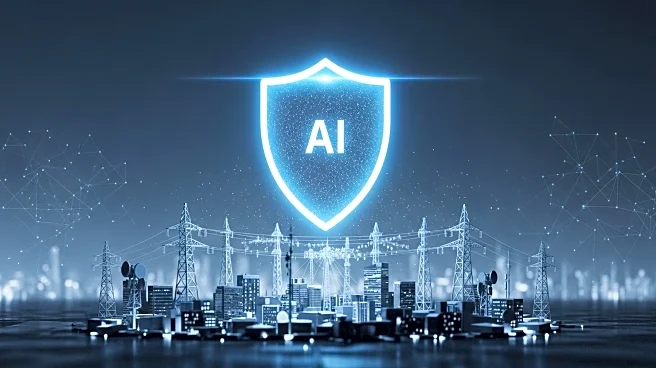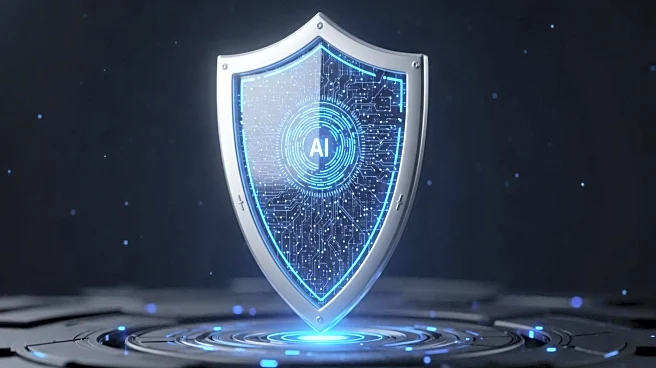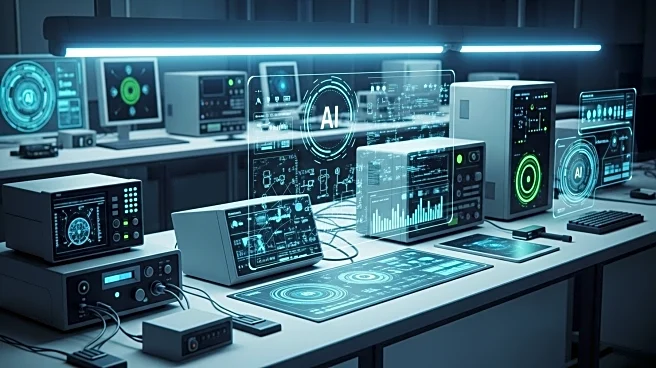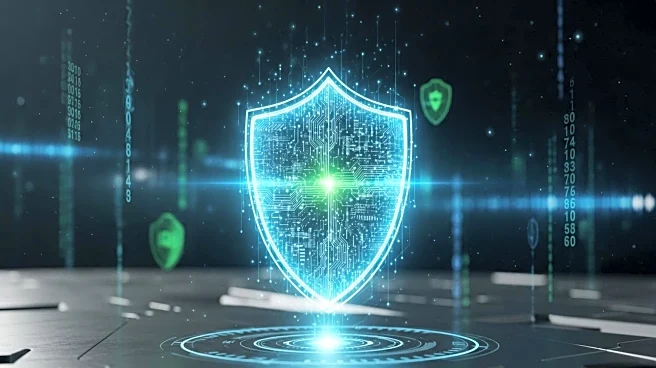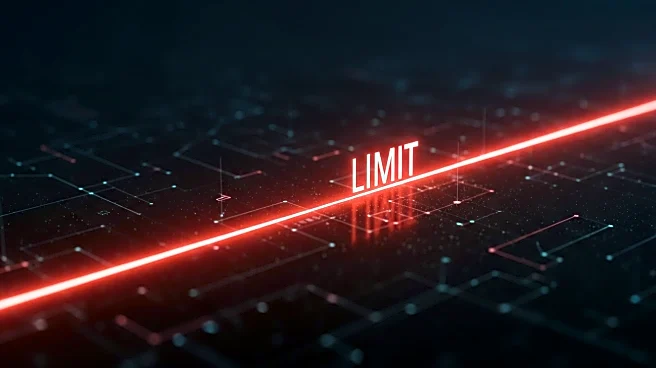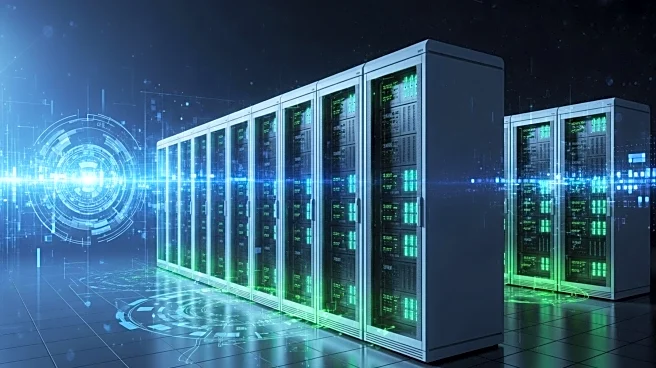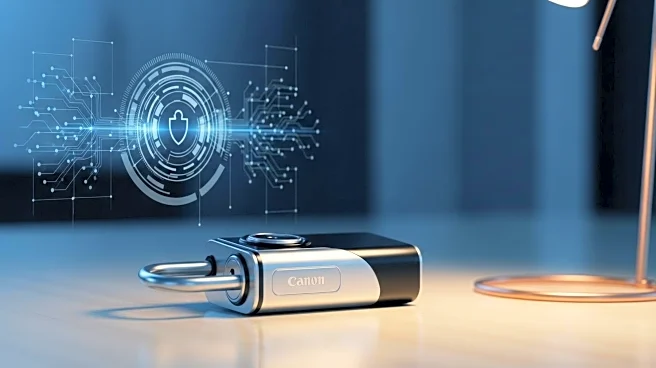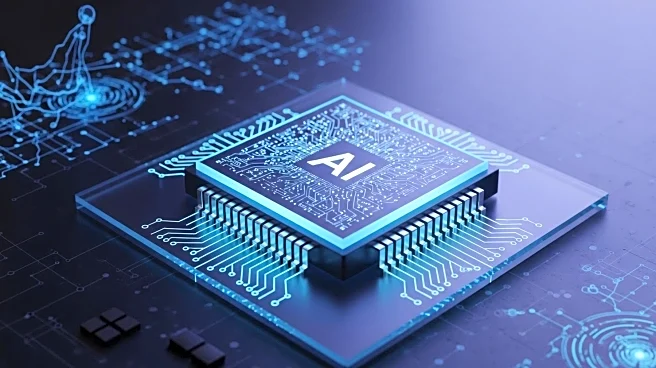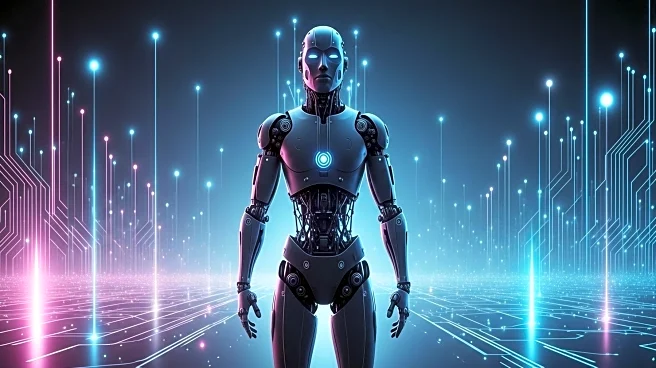What's Happening?
The AI Cybersecurity Challenge (AIxCC), sponsored by the US Defense Advanced Research Projects Agency (DARPA) and Advanced Research Projects Agency for Health (ARPA-H), has concluded with winners whose AI systems autonomously discovered and patched zero-day flaws in real-world code. This two-year competition showcased the potential of generative AI in revolutionizing vulnerability discovery in critical infrastructure. The winning team, Team Atlanta, led by Taesoo Kim, demonstrated how AI-powered tools could lead to 'self-healing infrastructure,' potentially commercializing GenAI-powered vulnerability scanning tools.
Why It's Important?
The AIxCC competition underscores the transformative potential of AI in cybersecurity, particularly in automating the discovery and patching of vulnerabilities. This advancement could significantly enhance the security of critical infrastructure, reducing the reliance on human intervention and speeding up response times to cyber threats. The implications for defenders, attackers, and policymakers are profound, as AI-driven tools could shift the cybersecurity landscape, making systems more resilient to attacks. The commercialization of these tools could lead to widespread adoption, improving security across various sectors.
What's Next?
With the potential for AI models to go open-source, the cybersecurity community may see increased collaboration and innovation in developing AI-driven security solutions. Policymakers and industry leaders will need to address the ethical and regulatory challenges associated with autonomous AI systems, ensuring that they are used responsibly and effectively. The success of the AIxCC competition may inspire further research and development in AI-powered cybersecurity tools, driving advancements in threat detection and response.
Beyond the Headlines
The integration of AI into cybersecurity raises important ethical and legal questions, particularly regarding accountability and decision-making. As AI systems become more autonomous, determining liability for their actions becomes complex. The challenge lies in balancing the benefits of AI-driven security with the need for human oversight and control. This development may prompt discussions on the ethical use of AI in security and the establishment of guidelines to ensure its responsible deployment.


